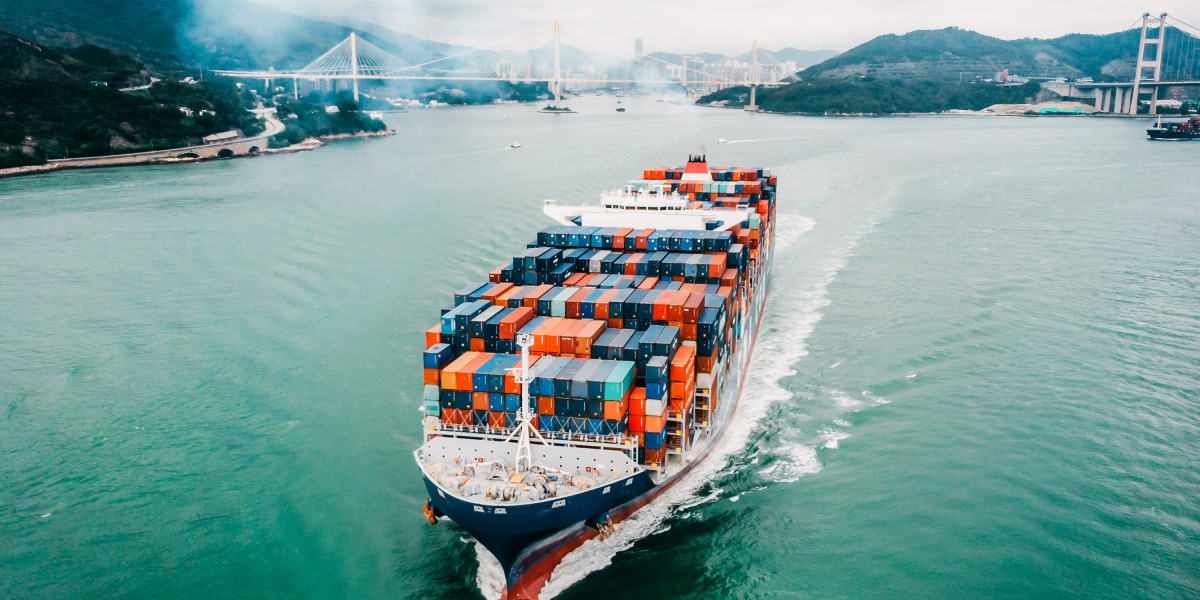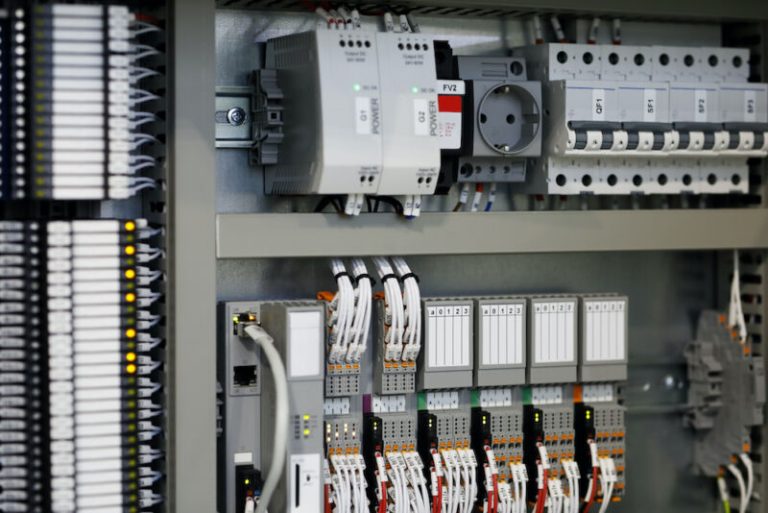
The American Bureau of Shipping, which sets safety standards for global shipping, recently granted early-stage approval for some ammonia-powered ships and fueling infrastructure, including a design from Samsung Heavy Industries, one of the world’s largest shipbuilders. Such ships could hit the seas within the next few years, as several companies have promised deliveries in 2024. While the fuel would require new engines and new fueling systems, swapping it in for fossil fuels that ships burn today could help make a significant dent in global carbon emissions.
And some companies are looking even further into the future, with New York–based Amogy raising nearly $50 million earlier this year to use the chemical for fuel cells that promise even greater emissions cuts.
Shipping accounts for about 3% of global carbon dioxide emissions. If early tests for ammonia or other alternative fuels demonstrate scalable systems, these new technologies could help the shipping industry start to shift away from fossil fuels and slow the emissions that cause climate change.
Ammonia is attractive because of its high energy density—the amount of energy that can be packed into a certain volume. While it is usually found as a gas, it can be squeezed at relatively low pressures into an easily transportable liquid.
Ammonia is a familiar chemical for shipping companies. Globally, about 200 million tons of it are produced annually, and about three-quarters of that goes to producing fertilizer. Many ports already have some form of ammonia storage for shipping.
The chemical, however, comes with challenges. Burning ammonia as a fuel can create nitrogen oxides (NOx). These compounds are greenhouse gases that can also harm human and animal health, says Madeline Rose, climate campaign director at Pacific Environment, an environmental organization.
But if ships used ammonia for fuel cells instead, the problem of creating NOx pollution could be avoided.






